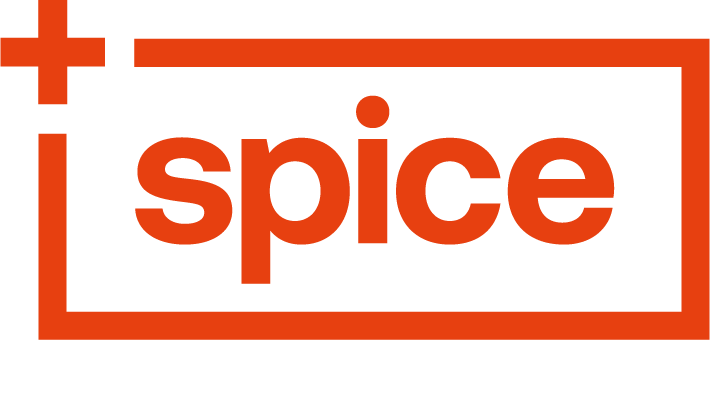
That New Year feeling infects and motivates everyone…
The promise of a new beginning.
A refreshed outlook after a summer break.
And ready to smash out some goals.
If you can get your team to harness and channel all that positive energy now, they will be set up for a successful year ahead.
So, how do you help your team form a productive and positive mindset? We’ve got 5 ways right here…
1: Setting Clear And Achievable Goals
With all that New Year’s resolution energy floating around, now is the perfect time to encourage your employees to set both personal and professional goals for the year. If they can define clear and achievable objectives now, it will provide them with direction and purpose once the glow of the new year begins to fade. Setting the tone for a successful year early can help to boost team motivation during busy times.
The key to achieving a goal is not pushing yourself as much as humanly possible. The secret is actually setting a good goal in the first place. It needs to be just hard enough to challenge you, but not so hard that you can’t balance it with your existing responsibilities. We love using the S.M.A.R.T.E.R. goal setting framework – specific, measurable, achievable, relevant, time-bound, evaluate, and re-adjust – to ensure success!
2: Promote Professional Development
Often, goal setting and professional development go hand in hand. So, once your employees have set their S.M.A.R.T.E.R. goals, it is helpful if they share them with their manager in case there are professional development opportunities that can help them achieve those goals.
Even if there is nothing goal-related for certain individuals, the new year can be a great time to learn new skills or refresh existing ones. As a proactive leader, it is important to explore any upcoming training opportunities that might benefit your team. You can look for physical workshops, encourage the use of online training, or even facilitate development sessions within your workplace.
By investing in the personal growth of each of your team members you add value to your business and encourage your employees to be the best they can be.
3: Reinforce A Positive Work Culture
The end of the year acts as a reset, as many employees will take time away on their summer holiday. That means you will need to ensure they are re-engaged when they return to the workplace in the new year.
The start of the year is the perfect time to recap your business values, mission and vision to ensure that your team members continue to work in alignment with them. It’s a great opportunity for leaders to communicate the company’s purpose and how each person’s role contributes to the bigger picture.
Fostering re-engagement of your positive workplace culture right from the first day of the year can keep your team motivated. That will help to build strong morale and a good level of productivity from the word go.
4: Encourage Healthy Work Habits
There is a reason that companies are always chasing the elusive work-life balance for their team members. When that balance is achieved, people are happier, healthier and more productive. Of course, this is great on both a personal and professional level for your employees and your operations.
The summer months are the perfect time to encourage your employees to find their balance and build healthy work habits. Promote the benefit of good practices like taking breaks, setting boundaries between work and home and prioritising wellbeing. This will help your team keep perspective and prevent things like burnout and excessive stress.
You may even want to introduce initiatives like wellness challenges or mindfulness sessions to get your team in the right frame of mind early on. This can help them to translate their refreshed and energised summer holiday feeling into the workplace.
If you would like some advice on how to set up wellbeing programs for your team, give us a call!
5: Celebrate The Wins
Positivity breeds more positivity, so celebrating wins of all sizes will boost team morale and keep everyone motivated. Making a commitment to recognise early accomplishments and incremental progress, no matter how small, will have amazing benefits for your team.
It creates a sense of achievement and reinforces a culture of continuous improvement. Celebrating wins helps maintain momentum and encourages your employees to stay engaged with their goals throughout the year. So, consider the ways you might be able to celebrate those wins. This can be privately or publicly with a weekly workplace-wide shoutout.
Incoming Positive Mindset!
By embracing these five strategies, you can set the tone for a productive, positive, and successful year ahead for your team. From clear goal setting to fostering a positive work culture and encouraging healthy habits, each step plays a vital role in helping your team stay motivated and engaged.
At Spice, we specialise in helping businesses implement these strategies effectively, tailoring our solutions to fit your unique culture. So, if you’re ready to start the year strong and ensure your team stays on track with a positive mindset, contact us now to discuss how we can support your journey to success this new year.









